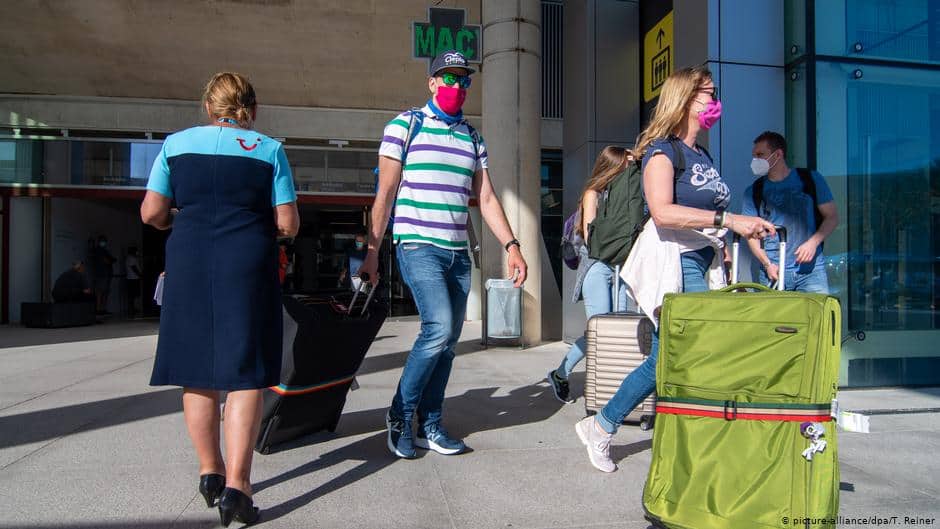Mallorca: Recovery Fund resources tram
The transport network of the most popular tourist destination in Germany is likely to change dramatically in the coming years. The authorities plan to extend the existing substandard tramway network.
Anyone who has visited Majorca in Spain knows the usual problem. Once you get to the Palma airport, it is often difficult to get to the final destination. Taxis are expensive, bus routes are rare, and with a ticket of 5 euros for just a few kilometers it cannot be considered a cheap means of transport.

That is why the regional government is now working on alternative projects. The creation of a tramline linking the capital Palma with the airport and the highly popular resort of Playa de Palma in Germany is on the table.
The problem of funding
The idea is not new. Ten years ago, similar projects existed, but they were canceled on the one hand because of government change and on the other because of the problems with financing the project. “We have now taken the plans back from the drawer and reprocessed them,” says Zomm Mato, who is responsible for public transport on the island. In a first step, the Son Espases Hospital will join the Plaça d’Espanya. The new tram is expected to use the existing tramline currently operating purely tourist routes. Related projects are expected to start in 2023.
In a second step, the network will expand to the airport and then from Playa to Arenal. “We still have to see if there will be different lines or if all points will be served by one line,” Mato says.
“With 13 million passengers every year, buses going to the airport and the Playa de Palma are the most common mode of public transport in the Balearic Islands,” the transport expert noted. That is why the regional government’s well-founded hope that passengers will use the tram from now on. Unlike the subway, which only leads to university. Trains run only 8.5km away. serving nine stops. “For Majorca’s data the subway was rather an exaggeration,” the expert comments.
The new project is expected to cost between 380m euros and 400m euros. A lot of money for an island that is hard tested by the pandemic. But it is the pandemic that ultimately allows the project to be implemented. Majorca is expecting about 300m euros from the European Recovery Fund over the next two years. “The money is for three things: fighting the social consequences of the crisis, for climate change and economic recovery,” Mato says. A large part will therefore be channeled into the new tram.
Additional funding will probably come from Madrid. “Because the Balearic Islands do not benefit from the mainland state railways, we have funds to take.” Under a 2007 agreement, the central government is financing with a total of 431m euros the implementation of road projects in the Balearic Islands. Of these, 225 million are outstanding. It is now a question of negotiating whether this money should be used to build new roads or whether they are allowed to finance new tramlines.